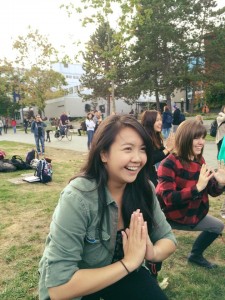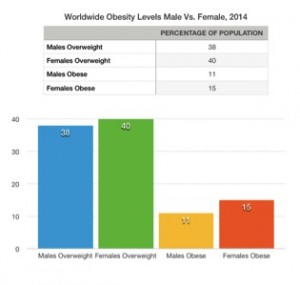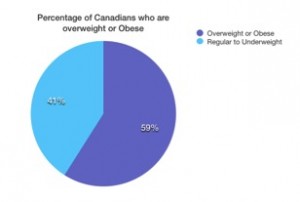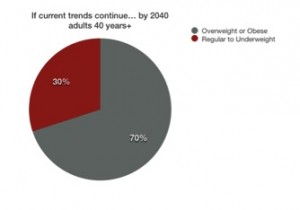This week, Fiona, Sienna, and I were in charge of doing the teaching summary for chapters 4 and 5, “Planning for Instruction” and “The Instructional Process.”
What really stood out to me was this practice of proactive planning and thinking ahead before creating a unit plan. Instead of asking ourselves, “What am I going to teach tomorrow?” educators are encouraged to ask, “What sports/dances/games am I going to teach this year?” By taking a step back and looking at the bigger picture of a school year as opposed to an individual PE class, educators set themselves up for success as the plan for instruction.
The chapter looks at working backwards:
- Examining Curricular Documents
- Developing a Yearly Plan
- Developing a Unit Plan
- Establishing Objectives
When I was reading the chapters, I was pleasantly surprised that curricular documents were emphasized as we are at a point in the program where we are all trying to figure out where to even begin in lesson plan making.
When I looked at the BC curriculum for PE 4, I realized that physical educators are given a lot of freedom on the content they choose to teach throughout the year. Here is an example of how I planned using the new curriculum:
Big Idea: Personal choices and social and environmental factors influence our health and well-being.
Core Competency: Examine and explain how health messages can influence behaviours and decisions.
Content: factors that influence self-identity, including body image and social media
Activity: A unit on looking at commercials and advertisements targeted to inform and misinform consumers (e.g. Coca Cola ads, yogurt commercials)
Lesson planning is still a work in progress, but it was helpful to try it myself, knowing I have freedom on the actual content/activities but have the curriculum as my guide.







